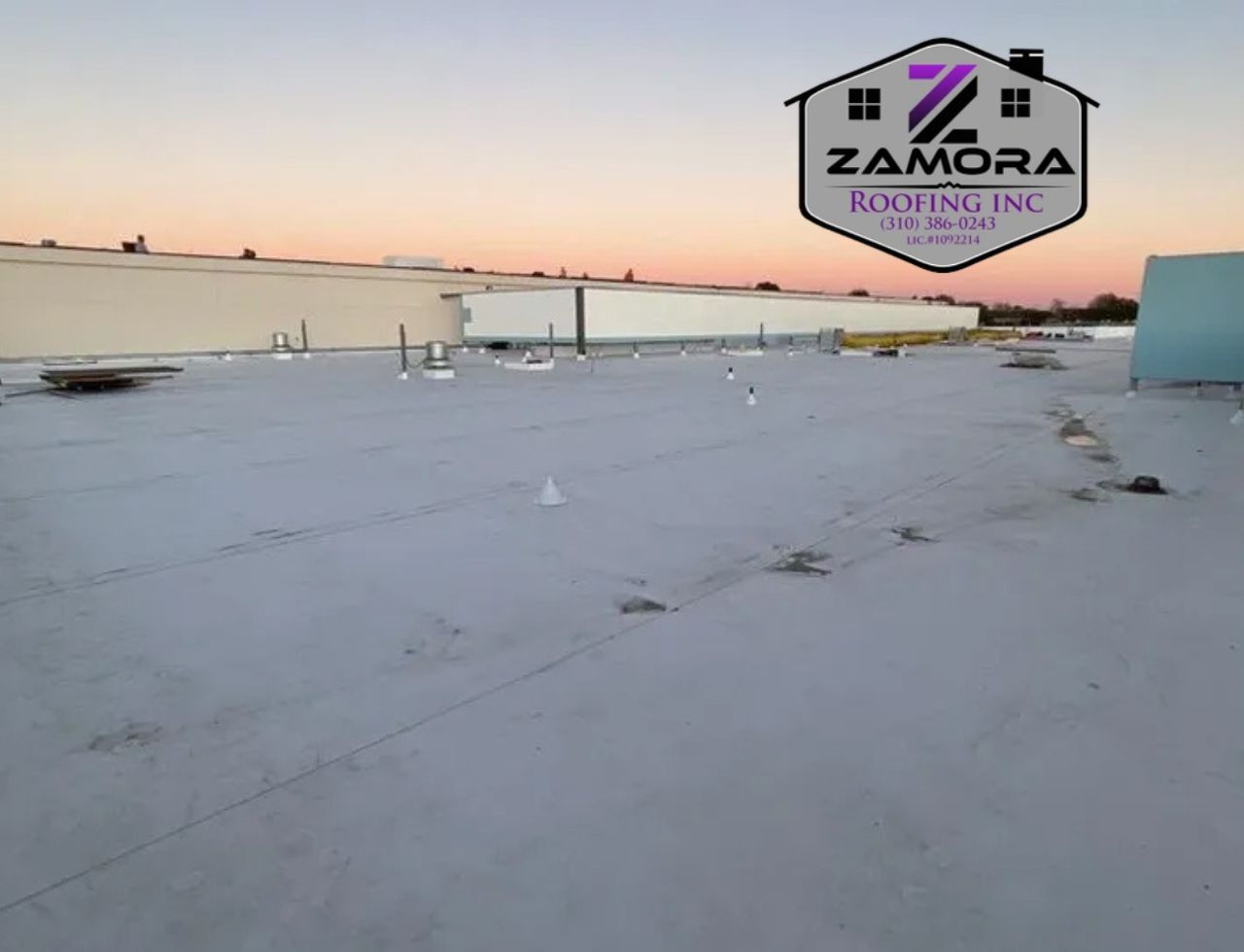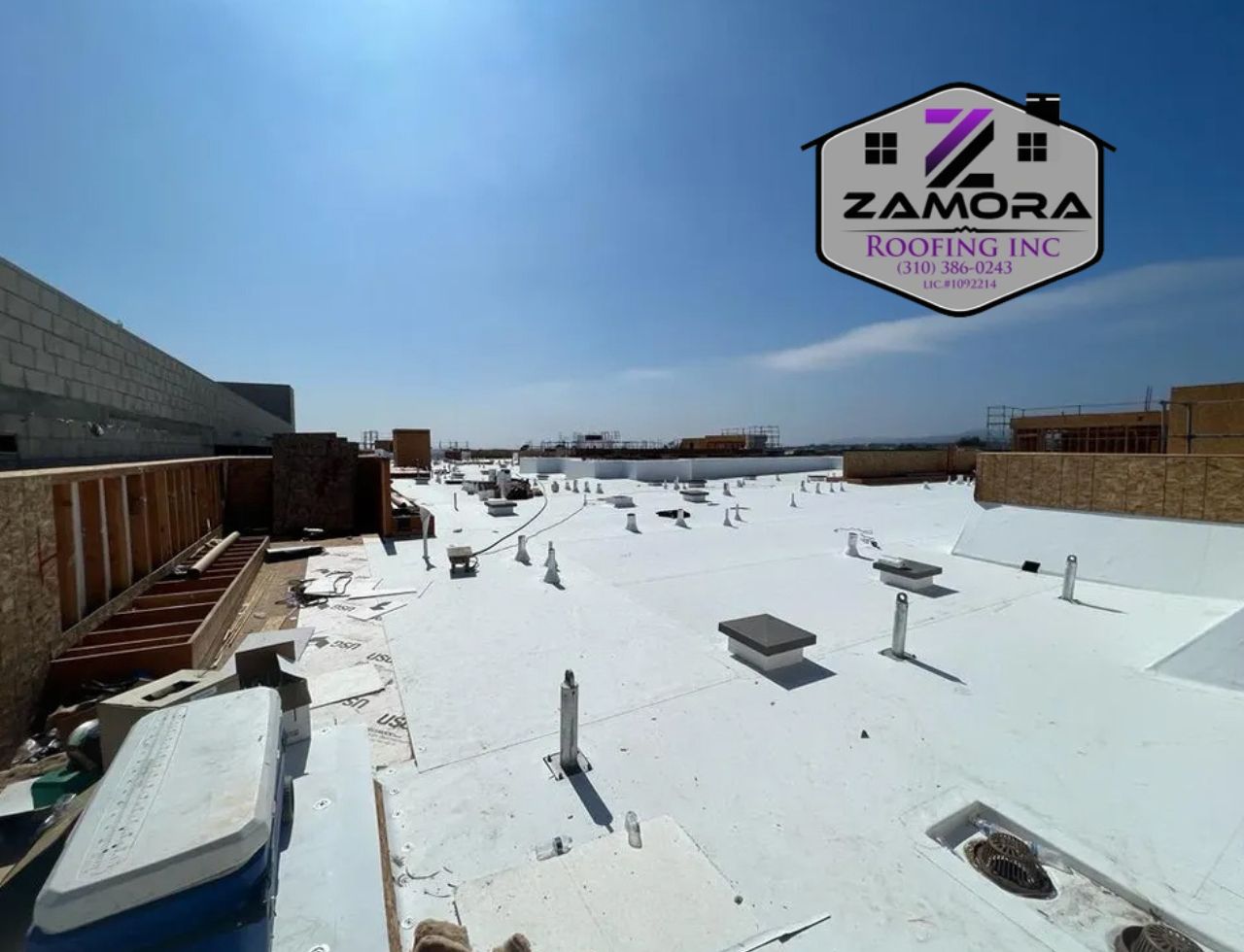
TPO Roofing Longevity: Insights & Tips
In the realm of roofing, how long does TPO roofing last? This is a query frequently posed by homeowners and building managers alike. With its renowned durability and longevity, TPO Roofing has been a popular choice for those seeking a balance between cost and quality. Thermoplastic Olefin (TPO) roofing systems are applauded for their energy efficiency and ability to withstand various environmental conditions.
Whether you are considering installing a new roof or exploring your options, understanding the lifespan and durability of a TPO roof can significantly impact your decision. In this article, we delve deep into the aspects that contribute to the longevity of TPO Roofing, offering insights into its lifespan and providing tips on maximizing its durability.
Unraveling the Lifespan: How Long Does TPO Roof Last? TPO Roofing Durability and Longevity Explored

Diving into the world of “How Long Does TPO Roof Last? TPO Roofing Durability and Longevity,” it is crucial to uncover the factors that contribute to the lasting nature of this roofing type. TPO Roofing has become a staple in residential and commercial buildings due to its resistance to ultraviolet light and chemical exposure.
With over 200 words kickstarting our exploration, we aim to provide a comprehensive view of what makes TPO Roofing a durable option and how its longevity stands against the test of time and elements.
Digging Deeper: TPO Roofing Durability and Longevity
What is TPO Roofing?
Thermoplastic Olefin, or TPO, is a single-ply roofing membrane that offers excellent performance at a cost-effective price. Heat-welded seams provide superior strength. TPO’s long-term heat, UV, natural fungal resistance, and flexibility without plasticizers make TPO a reliable low-slope roofing system.
Factors Affecting TPO Roofing Lifespan
Several factors affect the lifespan of TPO Roofing. The quality of installation, maintenance, weather conditions, and the manufacturing brand can all impact how long a TPO Roof lasts.
Average Lifespan of TPO Roofing
On average, TPO Roofing systems are known to last between 15 to 20 years. Regular maintenance and inspections can extend the lifespan, ensuring that minor issues are addressed before they escalate.
Benefits of TPO Roofing
TPO Roofing offers numerous benefits, including energy efficiency, UV light and chemical resistance, and cost-effectiveness. Its reflective surface helps in reducing energy costs, making it an environmentally friendly option.
Maintenance Tips for Extended Longevity
Proper maintenance is critical to extending the life of a TPO Roof. Regular inspections, cleaning, and timely damage repairs can significantly contribute to the roof’s longevity.
TPO Roofing vs. Other Roofing Types
TPO stands out for its balance between cost and quality compared to other roofing types. Its durability, coupled with its energy efficiency, makes it a preferred choice for many.
Advanced Tips for Maximizing TPO Roofing Lifespan

Opt for Quality Installation: Enlist certified professionals to ensure that the TPO roofing is installed according to industry standards, thus securing its durability.
Implement Regular Inspections: Develop a schedule for frequent inspections to swiftly identify and address potential issues, preventing minor problems from escalating.
Maintain Cleanliness: Regularly clean the roof surface, removing debris, dirt, and other elements that can lead to deterioration.
Apply Reflective Coatings: Utilize reflective coatings to enhance the roof’s UV resistance, improving its energy efficiency and contributing to its longevity.
Address Repairs Promptly: Timely address any required repairs to maintain the roof’s integrity and extend its lifespan.
In-Depth Look at Fascinating Facts About TPO Roofing
Eco-Friendly Nature: TPO Roofing material is fully recyclable, highlighting its environmental benefits.
Resistance to Various Damages: The material exhibits resistance to mold growth, punctures, tears, and impacts, contributing to its long-lasting nature.
Variety in Appearance: While available in various colors, white remains a popular choice due to its superior heat-reflective properties, aiding energy conservation.
Answering More Common Questions About TPO Roofing
Q: How does TPO Roofing fare against extreme weather conditions?
A: TPO Roofing demonstrates commendable adaptability and resilience against various weather conditions, from high temperatures to freezing climates, making it a versatile choice.
Q: What is the cost implication of installing a TPO Roof?
A: While TPO Roofing is renowned for its cost-effectiveness, the actual cost can vary based on factors such as installation, material quality, and geographic location.
Q: Can TPO Roofing accommodate building movement?
A: Yes, TPO Roofing is designed to be flexible, allowing it to accommodate building movement without compromising its integrity.
Elevating Roofing Standards with Zamora Roofing Inc
Navigating through the intricacies of TPO Roofing and unraveling the mysteries of its durability and longevity, it’s clear that choosing the right roofing partner is paramount. Zamora Roofing Inc. stands as a beacon of professionalism and expertise in the roofing industry, ensuring that every TPO Roof installed is a testament to quality and resilience. Our commitment to excellence and meticulous attention to detail have positioned us as a trusted choice for residential and commercial roofing solutions.
Whether you’re considering TPO Roofing for its impressive lifespan, environmental benefits, or its balanced cost-quality equation, Zamora Roofing Inc. is here to guide you through every step of the way. Let us elevate your roofing experience and provide a solution that stands the test of time.
Ready to explore unparalleled roofing solutions? Reach out to Zamora Roofing Inc. today and let us craft a roofing experience that combines durability, aesthetics, and innovation.
Discover the benefits and durability of various rolled roofing types, like asphalt roll and modified bitumen, and how to choose the right one!

